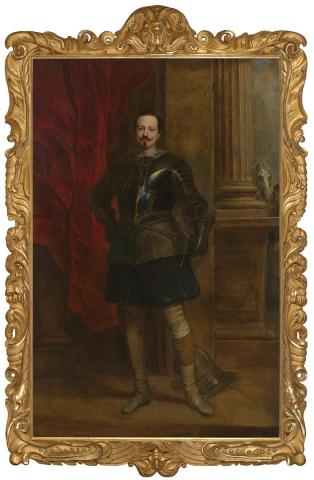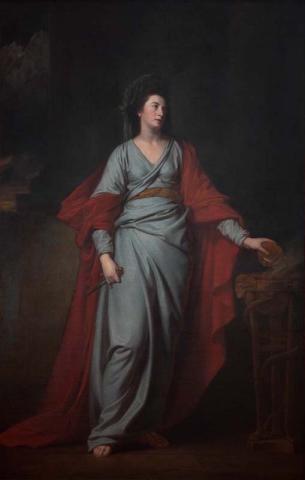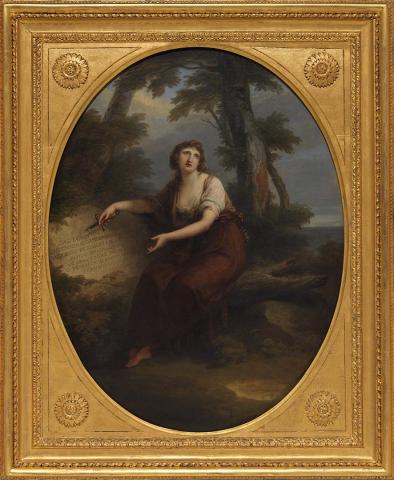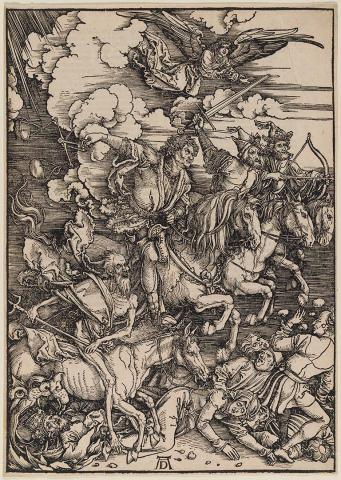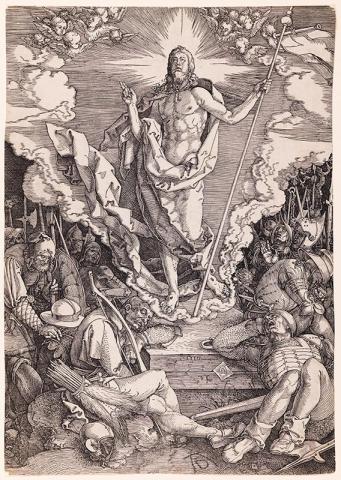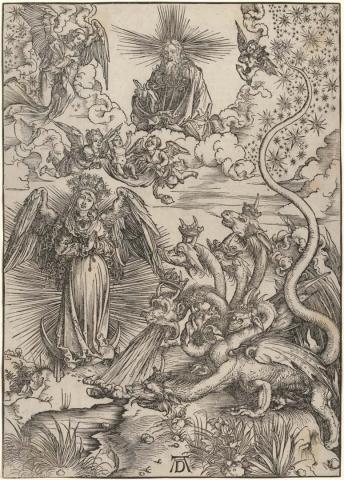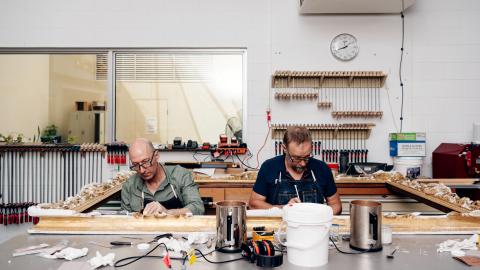Power, wealth and faith
By Geraldine Kirrihi Barlow Ineke Dane
International galleries February 2024
Beginning in the sixteenth century, the early modern period was a time of enormous change in Europe, marked by fierce competition for global influence and the upheaval of the Protestant Reformation. Still-life paintings of the Flemish and Dutch Golden Age celebrate exotic fruit and flowers introduced by expanding trade — and serve as reminders of the brevity of life. The importance of military power, finance and diplomacy are embodied by Anthony van Dyck’s imposing portrait of a Genoese nobleman.
Art may have the near-magical power to conjure a long-dead person into the room, but there remain many gaps in who we see and which stories are told. Exploration and conquest drove the growth of European states, as they drew resources from Africa, Asia and the Americas. Curiously, as in Adoration of the Magi, the convention of depicting one of the three travelling kings as a black man was popularised with the rise of the trans-Atlantic slave trade.
Contemporary artist Hew Locke seeks to counter such historical trauma and absence, creating a new sense of strength. Locke’s Ambassador 2 sits proudly mounted and adorned, one of his ‘survivors on horseback, in a dystopian, burnt-out landscape, heading to the future and burdened by the weight of colonial history’.
Sometimes a single figure might represent many, personify a myth or convey an ideal of beauty. We see the latter in Peter Paul Rubens’s homage to Titian’s image of a young woman — naked, but for her jewels and fur. These works remind us that women were often represented in tragic tales: as ‘Lucretia’, sculpted by Giacomo Ginotti; as Melpomene, the Greek muse of tragedy, by George Romney; and as the deserted ‘Costanza’, a character from an operetta, painted by Angelica Kauffmann. While this final painting illustrates a trope, Kauffmann was rare as a female artist enormously successful in her lifetime.
Faith and religion were central to this period. Paintings of the Virgin and Child tenderly celebrate new life, while other works depict the suffering and resurrection of Christ. Drawing from the Book of Revelation, Albrecht Dürer’s ‘Apocalypse’ woodcuts remind us of the power of art to renew inherited stories – setting our darkest fears against the luminous potential of our dreams.
Feature image: An installation view featuring (l–r) work by Angelica Kaufmann, George Romney and Peter Paul Reubens, QAG, April 2024 / Photograph: J Ruckli, QAGOMA
Connected objects

Adoration of the Magi 1580
- after VERONESE - Creator

Ambassador 2 2021
- LOCKE, Hew - Creator

Lucretia 19th century
- GINOTTI, Giacomo - Creator
Related artists
Metadata, copyright and sharing information
About this story
- Subject
